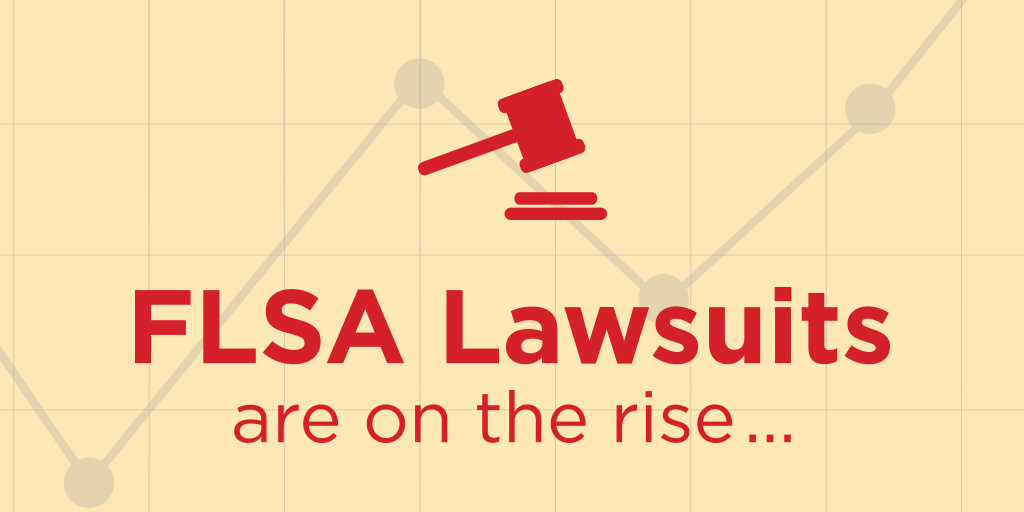Have you reviewed your policies and practices in light of the upcoming overtime changes?
Reclassified employees may have to follow procedures and policies that didn’t apply to them before—or that you didn’t have. Changing habits can be a challenge, but changing those of your formerly exempt employees with respect to hours worked and tracked is critical to preventing wage and hour violations.
Newly non-exempt employees are likely used to “running the clock” after hours. They may be in the habit of responding to work email, finishing up projects, taking client calls, or engaging in other work tasks during non-work hours. It’s therefore advisable that your policies are clear about expectations and the organization’s commitment to recording all time worked by nonexempt employees.
Timekeeping
Consider that your previously exempt employees may not be familiar with your timekeeping procedures, such as tracking time to check emails and turning in recorded work time for each pay period. Review these procedures with them, keeping in mind that non-exempt employees must be paid for all time they are “suffered or permitted” to work. This doesn’t just mean time in the office, but all time, whether it’s approved by the employer or not.
Off-the-Clock Work
As mentioned above, all hours worked by a non-exempt employee must be recorded and compensated, even those performed outside of the employee’s standard shift. Therefore, it’s critical to have a policy in place that informs employees that all time worked must be tracked, that off-the-clock work is prohibited, and that employees may be disciplined for not following their scheduled shift. Please note that refusing to pay for unauthorized time worked—whether it’s regular or overtime—is not permissible.
Employees Using Their Personal Electronic Devices
Time a non-exempt employee spends doing work from their smartphone, tablet, or personal computer is considered time worked, and employees may find this hard to resist if their phone is chirping at them from their pocket every time a new work email comes in. For this reason, you may want to prohibit a non-exempt employee from using their personal devices for work purposes at all, or only allow such use upon authorization from the company. For instance, if you’d like a particular employees to check and respond to work email over the weekend, build that time into their weekly schedule so it doesn’t lead to unexpected overtime.
Meal and Rest Period
Many states require meal and/or break periods for non-exempt employees. It’s important to inform employees of these breaks, explain the procedures for clocking in and out, and remind them that no work should be performed during this time.
This is an area where it will be particularly important for your managers to be willing to manage. Employees who previously worked through lunch at their desk and could put in their eight hours between 9 and 5 might not want to take an unpaid lunch period or break, thus extending their workday. State law, however, may be indifferent to their feelings. If employees ask to waive their meal or rest periods, you’ll want to check the Break and Rest Period pages under State Laws in the HR Support Center. Sometimes these breaks can be waived, but sometimes they cannot. And waiving them sometimes requires special circumstances and agreements between employers and employees.
Again, if work is performed, it must be compensated (and penalties may apply), so the policy should include instructions for notifying a manager or supervisor if a working meal period occurs.
Overtime
Now is the time to ensure that you’re familiar with your state and local overtime laws. Although most employers will only be subject to the federal requirement to pay time and one-half for hours worked over 40 in one workweek, Alaska, California, Colorado, and Nevada each have daily overtime provisions, and Massachusetts and Rhode Island require some employers to pay a premium for work on Sundays and certain holidays. Employees and managers need to be aware of the rules for compliance. And you should make sure that your own expectations for overtime work are written in your policy and communicated to your employees.
Travel Time
Since non-exempt employees must be paid for all time worked, you may need to consider travel time for those customarily engaged in work travel. There are a few narrow exceptions when travel time isn’t payable (e.g. when the employee is a passenger in a vehicle outside of regular work hours or during a standard morning/evening commute), but it’s good to assess your non-exempt employees’ travel schedules to ensure proper pay.
Newly non-exempt employees are likely used to “running the clock” after hours…It’s therefore advisable that your policies are clear about expectations and the organization’s commitment to recording all time worked by nonexempt employees.
Payroll Changes
Incentive pay: Per FLSA requirements, overtime must be calculated weekly based on the employee’s “regular rate of pay.” Incentive pay (non-discretionary bonuses, commissions, or any other non-hourly pay) is included in the regular rate of pay calculation. For weeks in which a non-exempt employee earns both overtime and incentive pay—whether provided at the time or retroactively—you must calculate (or recalculate) the employee’s regular rate of pay so that it includes both their base pay and incentive pay for the week. The new amount should then be used for overtime calculations.
Workweek: Every company must have an established workweek that is not adjusted or altered to avoid overtime. This is the 168-hour period during which you will track each employee’s hours to determine their pay and if they are owed overtime, e.g. Sunday at 12:00 am through Saturday at midnight. Each workweek is assessed individually for overtime calculations, and overtime must be paid for each workweek in which it is earned. Payroll, managers, and employees should know what the set workweek is.
Next Steps
If these policies and practices aren’t currently covered in your employee handbook, we recommend adding them now, or distributing them separately as handbook amendments. Once distributed, employees should sign-off to acknowledge their acceptance and understanding of these important policies. If your policies and practices are already covered in your handbook, reemphasize them with the newly reclassified employees.








